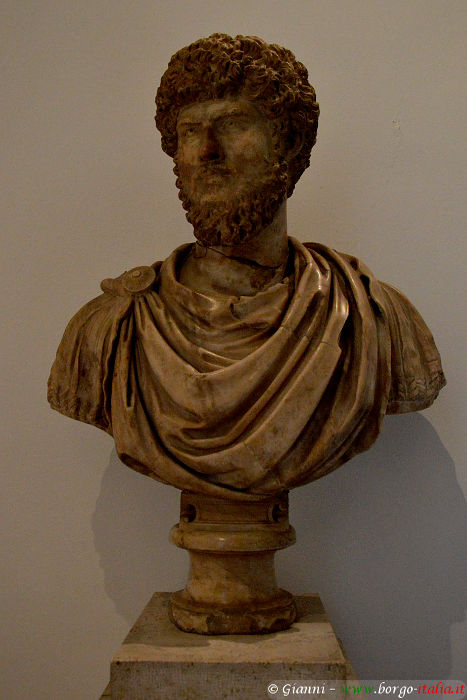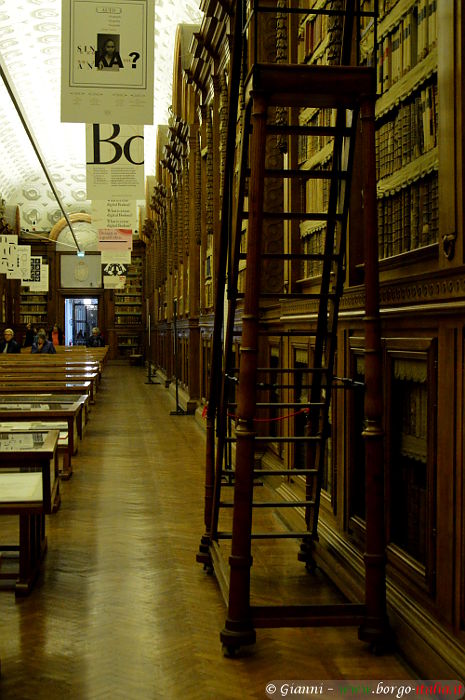 borgo-italiaspecial report |


|
|
| La Pilotta: a treasure chest - 1st part (Parma (PR) - Emilia Romagna) |
| text by: borgo-italia [only desktop] - photo by: Gianni |










































Il mio sito utilizza cookie di terze parti. Se vuoi saperne di piu', leggi qui. Per utilizzare i servizi č necessario acconsentire all'utilizzo.
 borgo-italiaspecial report |


|
|
| La Pilotta: a treasure chest - 1st part (Parma (PR) - Emilia Romagna) |
| text by: borgo-italia [only desktop] - photo by: Gianni |











































|
|
|||
La Pilotta: a treasure chest - 1st part |
|||
|
The images refer to the Archaeological Museum and to the Palatine Library. In the Archaeological Museum we find evidence of the bronze age of the Parma area, Egyptian artifacts and statues and panels from the Roman site of Velleia. The Palatine Library, which takes its name from the Roman temple of Apollo Palatino, preserves almost one million volumes, 7 thousand manuscripts, 3 thousand incunabula, 50 thousand prints and drawings and a collection of Jewish manuscripts, perhaps the largest in the world. The complex involves a visit of at least a day to fully appreciate the vastness of the exhibitions |
|||
A bit of history: Palatine Library For more info: La Pilotta: a treasure chest - 2^ part |
|||
|
text by: borgo-italia [only desktop] photo by: Gianni Emilia 12 - release date: 2019-04-27 |
|||